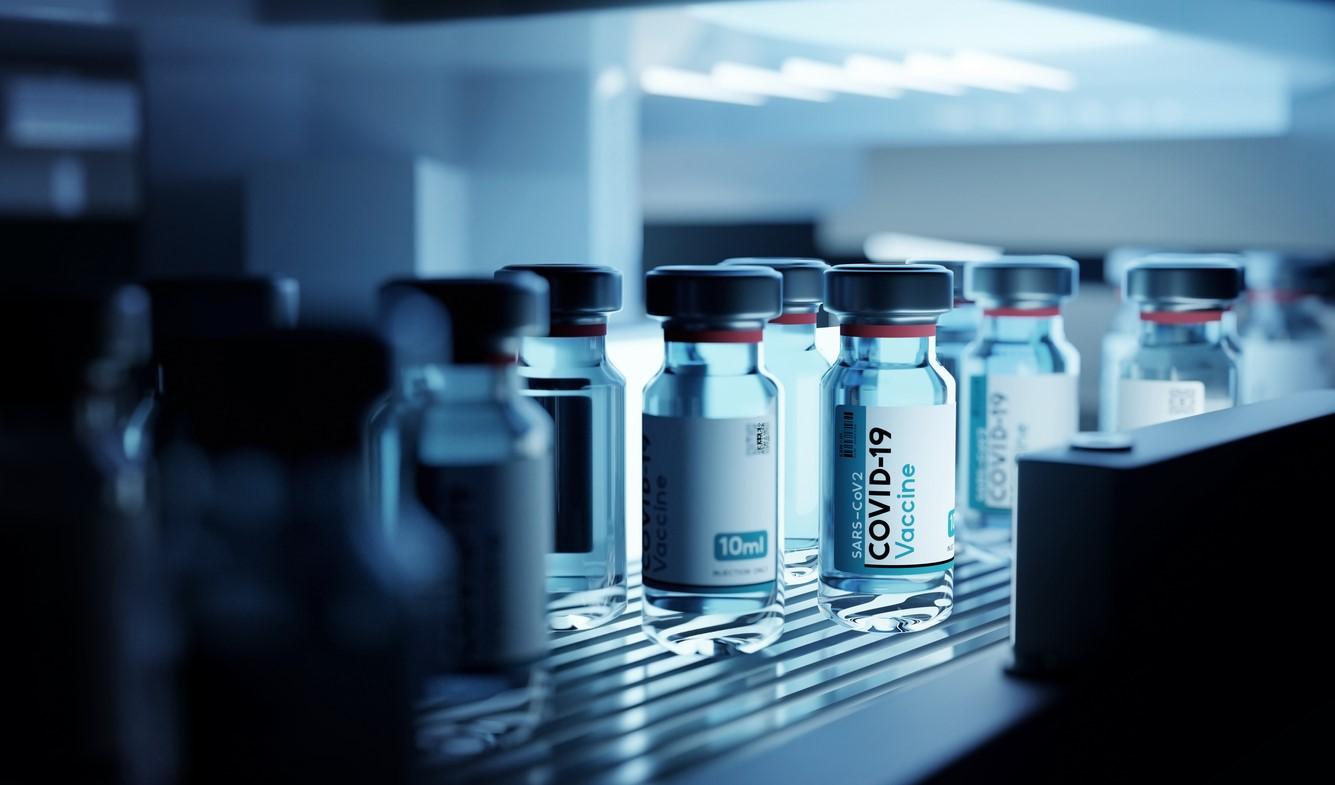The harmonized approach and broad database created by the COVID-19 Prevention Network (CoVPN), or Operation Warp Speed (OWS), to rapidly develop life-saving SARS-CoV-2 vaccines can be harnessed for future research on other public health threats that require a speedy response, according to a special communication published yesterday in JAMA Network Open.
In spring 2020, the US National Institute of Allergy and Infectious Diseases established OWS to coordinate and conduct phase 3 efficacy and safety trials for COVID-19 vaccine candidates and monoclonal antibodies for worldwide deployment. The effort was based at the Fred Hutchinson Cancer Center in Seattle.
In this study, OWS researchers around the globe describe how they coordinated multiple research networks and their existing clinical and laboratory infrastructure, community partnerships, and expertise to quickly pivot clinical sites to phase 3 COVID-19 vaccine testing.
"The mission of CoVPN was to operationalize phase 3 vaccine trials using harmonized protocols, laboratory assays, and a single data and safety monitoring board to oversee the various studies," the authors wrote.
"These trials, while staggered in time of initiation, overlapped in time and course of conduct and ultimately led to the successful completion of multiple studies and US Food and Drug Administration-licensed or -authorized vaccines, the first of which was available to the public less than 1 year from the discovery of the virus," they added.
Role in future pandemic preparedness
OWS deployed five phase 3 clinical trials involving more than 136,000 participants (including more than 2,500 COVID-19 patients) by using harmonized study designs of comparable size, number of endpoints, and time to analysis, as well as a cross-platform process to share data and bridge knowledge gaps.
The researchers used a model that allowed different trial phases to occur in tandem rather than sequentially to accelerate vaccine development, and established a single data safety monitoring board to oversee and review all research activities.
The group made targeted outreach and recruitment efforts using an online screening tool to ensure diverse participation. OWS also worked to engage communities and community leaders in building trust in science and enabling enrollment of volunteers from historically underrepresented Black, Indigenous, and other groups.
The researchers used a model that allowed different trial phases to occur in tandem rather than sequentially and established a single data safety monitoring board to oversee and review all research activities.
James Kublin, MD, MPH, CoVPN executive director and corresponding author of the special communication, said that the project's success depended entirely on previous investments into HIV vaccine research infrastructure and expertise. The OWS methods and results, in turn, "can be replicated for other important research initiatives and highlights the importance of investments that boost pandemic preparedness for years to come," he said in a Public Relations Pacific news release.
In particular, the researchers' methods can be used to answer questions on the effectiveness of COVID-19 vaccines for at-risk groups, vaccines' role into ameliorating long COVID, safety and immune response in special populations (eg, those living with HIV), the effect of chronic health conditions on vaccine efficacy or duration of protection, and the effect of virus variants on the health of both populations and at-risk groups, the researchers said.
'A breathtaking outcome'
In a related commentary, Michael Saag, MD, of the University of Alabama at Birmingham, likened OWS's unprecedented vaccine development to the fulfillment of late US President John F. Kennedy's pledge to send astronauts to the moon in 1962, an effort that took 7 years.
"It was accomplished through intense collaboration among academia, the aeronautics industry, and the US government, working together in a way that had not happened previously," he wrote. "Instead of taking 7 years to achieve its successful end point, the CoVPN enabled OWS to successfully evaluate candidate vaccines in approximately 7 months, a breathtaking outcome."
Saag said that OWS researchers, collaborating with a network of investigators, scientists, industry leaders, and healthcare workers at clinical trials sites, hospitals, and clinics worldwide, "all brought their best to achieve an outcome that will go down in history as one of the greatest victories in the history of science. For that, these individuals deserve our most heartfelt thanks and gratitude."



















